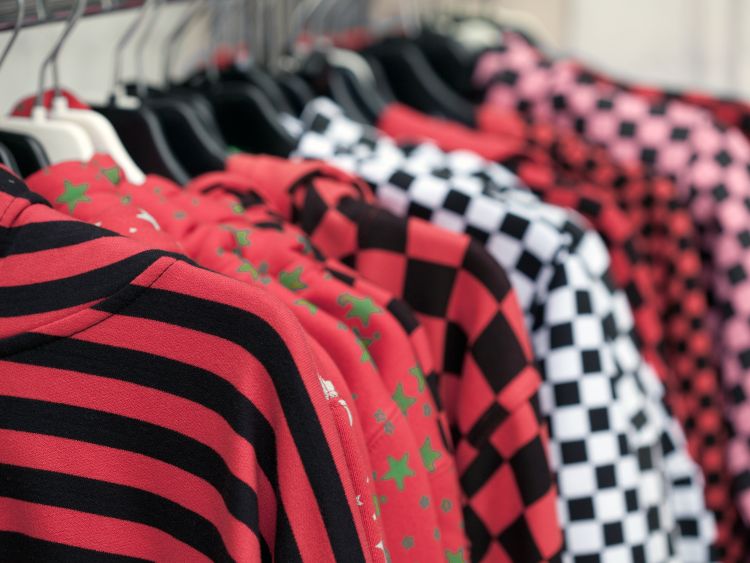African street style is more than just fashion—it’s a statement, a rhythm, and a reflection of heritage wrapped in creativity. In cities like Lagos, Johannesburg, Accra, and Nairobi, the streets double as runways where tradition meets innovation, and culture dances boldly with personal flair. This vibrant movement has carved out its own lane in the global fashion scene, bringing raw energy and deep cultural storytelling to sidewalks across the continent—and beyond.
The Pulse of the Streets: What Makes African Street Style Unique
There’s something electric about African street style that you won’t find anywhere else. It’s not curated in studios or dictated by high-end designers. Instead, it bubbles up organically from the people—the youth, the artists, the dreamers—who use clothing as their canvas. It celebrates individuality while paying homage to roots, blending modern fashion elements with traditional prints, patterns, and silhouettes.
What makes this style scene so refreshing is its authenticity. You’ll see vibrant Ankara prints paired with denim, Maasai beading reimagined into modern accessories, and Kente fabrics flowing as capes or restructured into contemporary jackets. Each look tells a personal story, and yet, they all echo a shared pride in cultural identity. African street style, in essence, is wearable storytelling.
Urban Fashion as Cultural Resistance and Identity
In many African cities, street style goes beyond just looking good—it becomes a medium for expressing identity, challenging social norms, and reclaiming narratives. Fashion has long been intertwined with resistance, and on the streets of Africa, it still is. When young people wear outfits that blend tradition with modern aesthetics, they’re making a statement: we honor our history, but we’re also writing our own future.
Amid postcolonial landscapes, this fashion movement acts as both defiance and affirmation. It pushes back against Eurocentric standards while asserting the beauty and innovation of African craftsmanship. Whether it’s oversized garments with bold messaging, gender-fluid ensembles, or the strategic use of color to represent cultural pride, African street style serves as both armor and celebration.
Influence of Music, Art, and Pop Culture
You can’t talk about African street style without acknowledging its deep ties to music, art, and pop culture. Afrobeat, Amapiano, Hip-hop, and Afropop fuel the aesthetic, influencing how people dress and present themselves. Musicians like Burna Boy, Sho Madjozi, and Wizkid have become unofficial fashion ambassadors, rocking streetwear infused with cultural references and local flair.
Graffiti-covered walls, bustling markets, and eclectic art scenes all feed into the fashion culture too. Many local designers draw inspiration from their urban environments, translating everyday experiences into bold and expressive garments. It’s not uncommon for a mural in Soweto or a song in Swahili to spark a trend that quickly spreads across neighborhoods and countries.
Designers and Creatives Shaping the Scene
While African street style is a grassroots movement, a growing number of designers and fashion creatives are amplifying it on a global stage. Homegrown labels are redefining African fashion from the ground up. Brands such as Orange Culture in Nigeria, Rich Mnisi in South Africa, and Maxhosa Africa are celebrated for turning everyday wear into cultural conversations. These designers aren’t just making clothes—they’re weaving history, commentary, and vision into every stitch.
Social media platforms, particularly Instagram and TikTok, have also become powerful tools for African street style enthusiasts to showcase their looks. Influencers, stylists, and photographers are building global communities, exchanging ideas and aesthetics while maintaining a strong local heartbeat. This digital spotlight is helping the world recognize Africa not just as a consumer of fashion trends, but as a trendsetter in its own right.
The Future of African Street Style
As global fashion continues to evolve, the influence of African street style is only set to grow. More international designers are drawing inspiration from African aesthetics, and collaborations between African creatives and major brands are increasing. This not only validates the scene but also offers new opportunities for designers and models across the continent.
However, the future isn’t just about global recognition—it’s also about sustaining authenticity. As African street style enters new markets, it must continue to stay true to its roots. The next generation of street stylers will have the important task of preserving the culture and creativity that birthed the movement, while also pushing its boundaries.
Moreover, sustainability is becoming an essential conversation within the fashion world, and African street style has something powerful to offer here too. Many of the garments are upcycled, handmade, or created using traditional methods that naturally reduce waste. In this way, African street fashion isn’t just trendy—it’s smart, ethical, and deeply rooted in community values.
Closing Thoughts: A Style That Speaks Loudly Without Saying a Word
African street style is a testament to the continent’s unapologetic self-expression, innovation, and cultural pride. It’s loud, it’s expressive, and it refuses to be ignored. From the bustling markets of Dakar to the urban cool of Nairobi’s backstreets, this fashion movement carries the pulse of a people unafraid to be seen, heard, and admired.
As the rest of the world starts to take notice, one thing remains crystal clear: African street style isn’t just a trend—it’s a revolution. It’s a fashion statement with a heartbeat, grounded in legacy and lifted by vision. And in a world hungry for authenticity, it might just be the boldest voice in the global style conversation.
